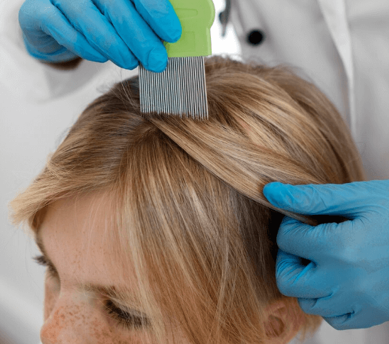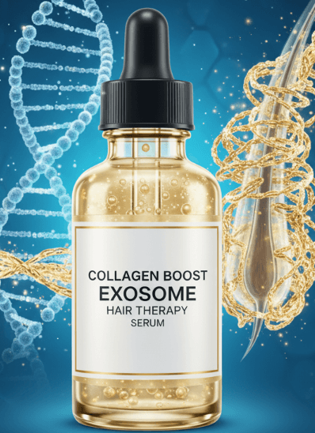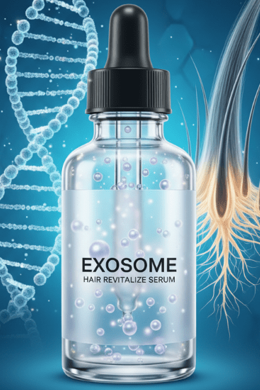Treatment Overview
Alloplastic Chin Implant surgery is a popular cosmetic procedure aimed at enhancing the chin’s projection and contour using a synthetic implant. This procedure is ideal for individuals with a weak or recessed chin who desire a more balanced and harmonious facial profile.
In South Korea, renowned for its expertise in facial aesthetics, surgeons utilize advanced implant materials and precise surgical techniques to deliver natural-looking, long-lasting results with minimal complications.
2) Purpose & Benefits
- Enhances chin projection for improved facial balance.
- Corrects weak or recessed chins (microgenia).
- Creates a more defined jawline and facial profile.
- Provides a permanent solution with biocompatible implant materials.
- Minimizes surgical trauma with small incisions and advanced techniques.
- Boosts confidence and facial harmony.
3) Ideal Candidates
- Individuals with under-projected or receding chins.
- Patients seeking improved facial symmetry and definition.
- Healthy adults with realistic expectations.
- Those preferring a permanent alternative to fillers or temporary procedures.
- Candidates without contraindications for implant surgery.
4) Possible Risks & Complications
- Temporary swelling, bruising, or numbness.
- Implant displacement or asymmetry (rare with proper fixation).
- Infection risk minimized by sterile technique and antibiotics.
- Scarring typically minimal and well-hidden.
- Rare allergic or foreign body reaction to implant material.
- Possible need for revision surgery in uncommon cases.
5) Surgical Techniques Used
- Incisions made either intraorally (inside the mouth) or submentally (under the chin) depending on patient preference and surgeon’s recommendation.
- Creation of a precise pocket over the chin bone to place the implant.
- Use of silicone, Medpor, or other biocompatible implant materials.
- Implant fixation with sutures or screws to prevent movement.
- Layered closure to minimize scarring and optimize healing.
6) Recovery & Aftercare
- Hospital stay typically outpatient or overnight observation.
- Swelling and bruising peak in the first 3–5 days and subside within 2–3 weeks.
- Soft diet recommended initially to reduce movement stress.
- Good oral hygiene essential if intraoral incision used.
- Avoid strenuous activity and facial trauma for 4–6 weeks.
- Follow-up visits to monitor implant position and healing.
7) Results & Longevity
- Immediate improvement in chin projection and facial profile.
- Results are permanent once healing is complete.
- Natural contour and harmony maintained with proper implant selection.
- Long-lasting with rare complications when performed by expert surgeons.
8) Treatment Process in Korea
- Consultation: Initial assessment in person or via virtual platform to evaluate chin structure and discuss aesthetic goals.
- Preoperative Planning: Use of 3D imaging and simulation to select implant size and shape tailored to facial proportions.
- Surgery Day: Procedure lasts about 1–2 hours under general anesthesia or sedation.
- Surgical Technique: Incision placement, creation of implant pocket, implant insertion and fixation, followed by meticulous closure.
- Postoperative Care: Instructions on wound care, diet, and activity restrictions provided.
- Follow-Up: Scheduled at 1 week, 1 month, and 3 months to monitor healing and implant stability.
- International Patient Support: Many clinics provide English-speaking coordinators, airport transfers, and post-op care packages.
Why Korea is a Leading Destination:
- Surgeons with extensive experience in facial implant surgeries.
- Advanced 3D planning and implant customization technologies.
- High standards of surgical safety and patient care.
- Competitive pricing with superior quality and aesthetics.
- Dedicated services for international patients ensuring comfort and support.
9) Cost Range
The Alloplastic Chin Implant procedure in Korea generally costs between ₩4,000,000 and ₩10,000,000 KRW (approximately $3,000 to $7,500 USD) depending on:
- The complexity of the surgery and implant type.
- Surgeon’s expertise and clinic reputation.
- Anesthesia and facility fees.
- Inclusion of preoperative imaging and postoperative care.
| Service Component | Cost Range (KRW) | Approx. USD |
|---|---|---|
| Consultation & Imaging | ₩200,000 – ₩600,000 | $150 – $450 |
| Surgical Fee | ₩3,000,000 – ₩8,000,000 | $2,250 – $6,000 |
| Anesthesia & Facility Fees | ₩500,000 – ₩1,000,000 | $375 – $750 |
| Postoperative Care | ₩300,000 – ₩500,000 | $225 – $375 |
10) Popular Clinics in Korea
- Banobagi Plastic Surgery: Known for advanced facial contouring and implant surgeries.
- ID Hospital: Experts in 3D planning and customized implants.
- JW Plastic Surgery: Renowned for natural, balanced facial aesthetics.
- The Plus Plastic Surgery: Focuses on minimally invasive techniques and patient comfort.
- View Plastic Surgery: Offers cutting-edge technology and expert implant placements.




